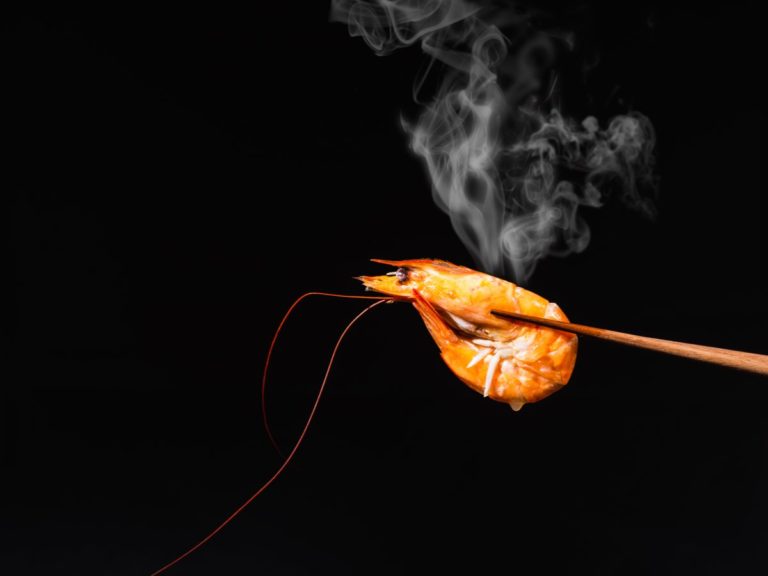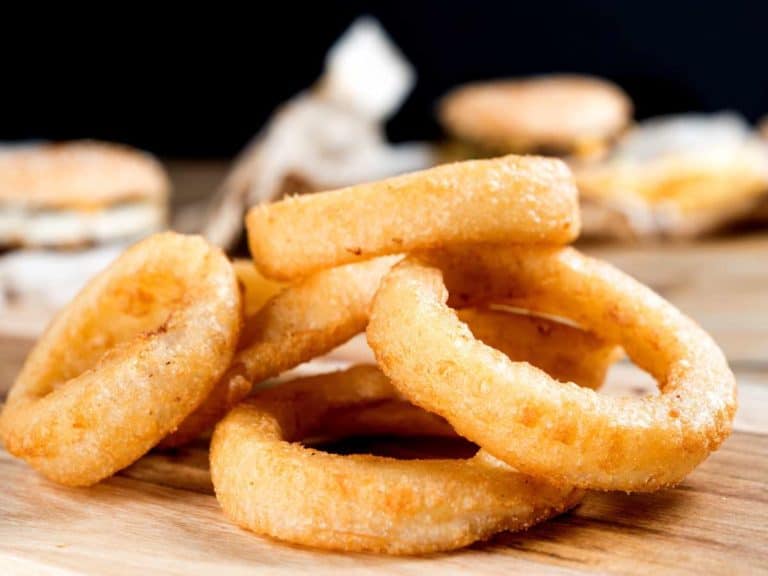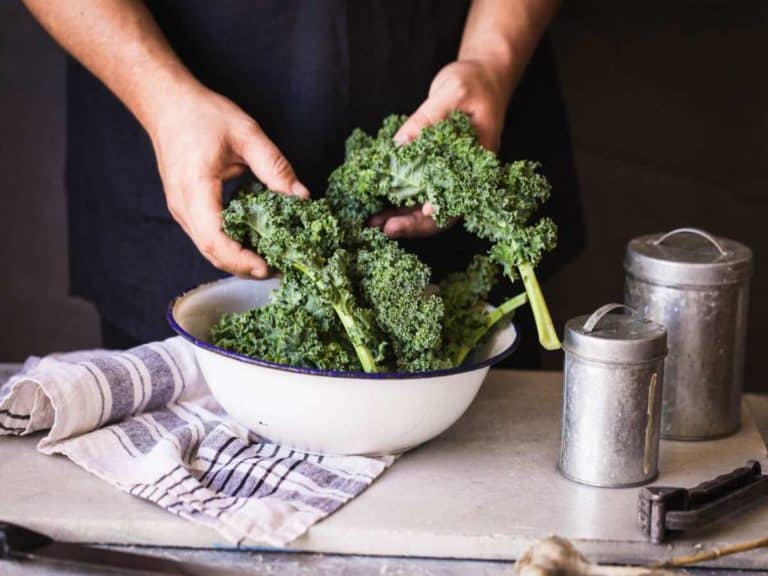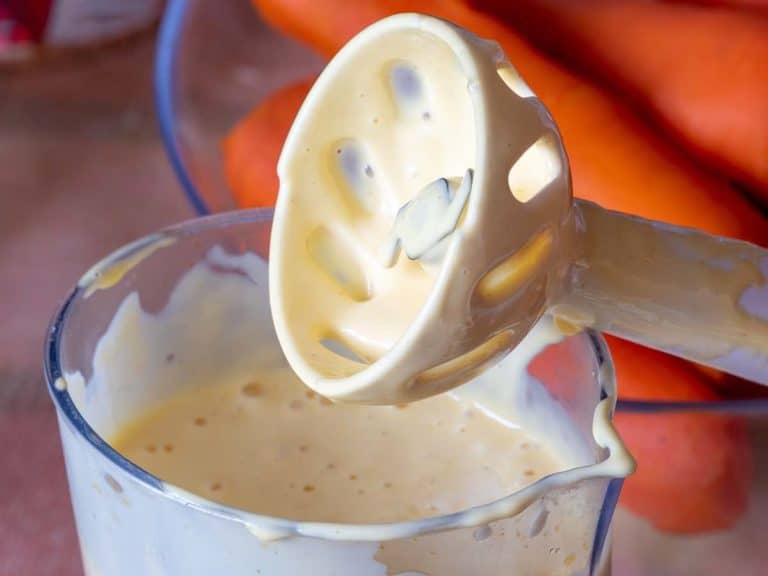Cara Cara vs Blood Oranges vs Navel: Which One is Best?
Oranges are among the top 10 most eaten fruits in the world. In the United States, oranges are the second most eaten fruit right after the apple. The popularity of oranges led people to breed different kinds. If you’ve had plenty of oranges, you probably have eaten more than one kind. You may wonder what the differences are among them.
Below is a table that summarizes and compares three common oranges. It covers the navel orange, Cara Cara orange, and blood orange.
| Navel Orange | Cara Cara Orange | Blood Orange | |
|---|---|---|---|
| How they grow | Grafting | Grafting | Grafting Can be grown from seeds but can take 8 to 12 years to bear fruit |
| Where they grow | Temperate or subtropical climate USDA Hardiness Zones 9-11 Arizona, California, and Florida | Temperate or subtropical climate USDA Hardiness Zones 8-11 California, Florida, and Texas | Warm or sub-tropical climate USDA Hardiness Zones 9 and 10 California, Florida |
| When they grow | November to January | December to April | December to April |
| Nutritional Value (100 g) | 52 kcal, almost all from carbs | 53 kcal, almost all from carbs Carotenoids more bioavailable than in navel oranges Has anthocyanins | 47 kcal, almost all from carbs Has the most anthocyanins |
| How to use | Can be eaten raw Can be used in cooking Not ideal for juicing; juice can turn bitter after 30 minutes | Can be eaten raw Can be used in cooking Can be juiced | Can be eaten raw Can be used in cooking Can be juiced Can be used to add dark pink or red color |
| How it tastes | Sweet with a good balance of tanginess and tartness | Sweet-tart flavor with a bit of acidity Has berry-like notes | Sweet, less tangy than common oranges. Has a more floral and tart flavor Has berry-like and fruit punch notes. |
| How to store | Keep in dry cool or cold temperatures Can keep at room temperature for 1 or 2 days Best refrigerated with low humidity, can keep for 4 weeks | Keep in dry cool or cold temperatures Can keep at room temperature for 1 or 2 days Best refrigerated with low humidity, can keep for 4 weeks | Can keep at room temperature up to a week Best refrigerated with low humidity, can keep for 4 weeks |
| Nutrition Facts per 100g | Calories: 52 Carbohydrates: 12 g Fiber: 2 g Protein: <1 g Fat: <1 g Vitamin C: 59 mg | Calories: 53 Carbohydrates: 13 g Fiber: 2 g Protein: <1 g Fat: <1 g Vitamin C: 55 mg | Calories: 47 Carbohydrates: 12 g Fiber: 2 g Protein: <1 g Fat: <1 g Vitamin C: 80 mg |
Now, let’s talk about those three oranges in more detail. But first, let’s quickly go through what an orange is.
Oranges
The orange is fruit from plants of different species. Many of these species belong to the genus Citrus. Think of different species belonging to the same genus as cousins.
However, there are fruits that are still called “orange” but are not under the Citrus genus. An example would be the Japanese bitter orange, which is still an inappropriate name.
It may have “Japanese” in its name, but that fruit is native to the Indian subcontinent. But for this article, we will focus on the orange species Citrus sinensis
Citrus sinensis are also known as sweet oranges because, well, they’re sweet. And since this orange is sweet, people love eating them or drinking their juice.
Eventually, people decided to cultivate different versions or cultivars of this orange. Among the common cultivars of Citrus sinensis are navel oranges, Cara Cara oranges, and blood oranges.

Navel Oranges
Navel oranges get their name because of the small indentation or dimple on the outside of the rind. This dimple looks like a navel. You can see it on the opposite side of the stem. That “navel” is actually an undeveloped “twin” fruit. It happens because of a genetic mutation.
The story behind that mutation is set in Brazil in the 1800s. A missionary saw the orange on a single branch. It intrigued him that it had a navel.
It is sweet and seedless further caught his interest. He made cuttings from the branch and propagated it. Trees were then sent to different places like Australia in 1824 and Florida in 1835.
How, Where, And When Navel Oranges Grow
Because the navel orange is seedless, the trees are propagated through grafting. In grafting, a flowering bud is attached to another plant. The bud then continues to grow on that plant. This kind of propagation is asexual. Hence, the “offspring plant” has the same genes as the “parent plant”. Hence navel oranges are essentially clones.
Navel oranges prefer growing in a temperate or subtropical climate. In the United States, navel oranges can thrive in the Hardiness Zones 9 through 11. Zone 8 is still being possible with extra care.
A hardiness zone is a geographic location with a certain range of annual minimum temperatures. In general, navel oranges are grown in Arizona, California, and Florida.
Navel oranges prefer growing in a temperate or subtropical climate. In the US, navel oranges mainly grow in Arizona, California, and Florida. The peak season of navel oranges in the US is from November to January.
Hence, navel oranges are usually associated with the holidays. They are available throughout the winter into early spring. You may be able to still find navel oranges in June.
Nutritional Value
Many oranges are between 75 to 80% water, but a navel orange is usually 87% water. Below are the other nutritional data of 100 g of a navel orange.
- Calories: 52
- Carbohydrates: 12 g
- Fiber: 2 g
- Protein: <1 g
- Fat: <1 g
- Vitamin C: 59 mg (65.5% of RDI for men and 78.7% of RDI for women)
Like many fruits, a navel orange is mostly water. Most of its calories are from carbohydrates. A 100-g navel orange can provide over half the vitamin C for adult males. It can provide over three-quarters of that for adult females.
Almost all the carbohydrates in a navel orange are sugar, but don’t be scared about that. Getting sugar from eating whole fruits is different from directly eating refined sugar.
Sugars in whole fruits are contained within the plant cells. Your body has to go through all that plant material before it can access the sugar. That is why you don’t get the same sugar spike or rush when eating fruits.
How To Use Navel Oranges
Like many edible fruits, navel oranges can be eaten raw as they are. They are 3 to 4 inches in diameter with a medium to the thick rind. The rind is easy to peel.
Under the rind is a white pith that is also easy to remove. Hence, navel oranges are portable and easy to handle. You can eat them on the go. The fact that they are seedless makes eating them raw even easier.
Besides eating, you can use navel oranges in baking and other cooking. Their juice and zest can be good ingredients to add some citrus and freshness in a dish. They are also great for sauces and marinades. Sliced navel oranges go well with salads.
Navel Orange Juice
While the juice of a navel orange is sweet, these oranges aren’t commonly used for juicing. Cells of citrus fruits have a chemical called limonin hydroxyacid lactone. This chemical is tasteless.
However, when limonin hydroxyacid lactone is exposed to acid, it turns into limonin. Limonin is bitter. An easy way to expose limonin hydroxyacid lactone is through juicing. As you should know, orange juice is acidic.
As luck would have it, navel oranges have the highest levels of limonin. However, don’t worry about your navel orange suddenly becoming bitter as you eat it. It takes about 30 minutes for a person to taste the bitterness.
This effect gives rise to the expression “delayed bitterness”. As long as you consume your navel orange within that time, it should remain sweet.
How Navel Oranges Taste
Navel oranges are sweet with a good balance of tanginess and tartness. They also don’t taste too acidic.
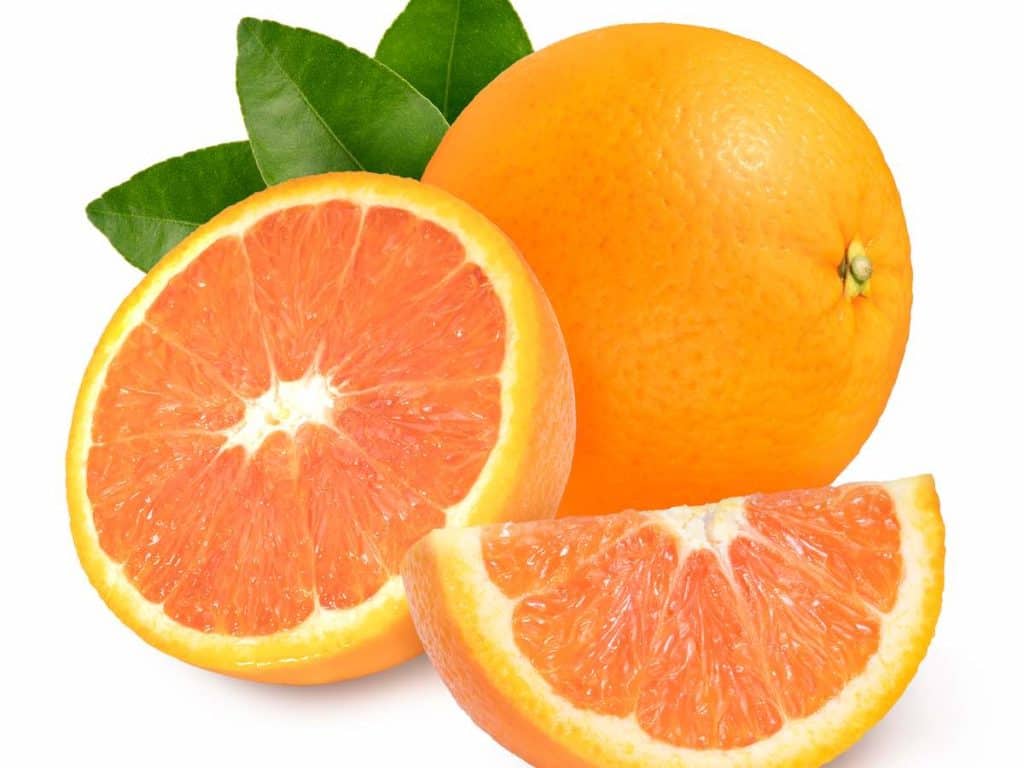
Cara Cara Oranges
Cara Cara oranges are a type of navel oranges. These oranges are believed to be a hybrid between the Brazilian Bahia orange and the Washington navel orange. Cara Cara oranges originated from another mutation on a Washington navel orange tree.
It was discovered in 1976 at Hacienda Cara Cara in Venezuela from which it was named. This mutant was brought to Florida and then to California in the 1980s.
Other names for the Cara Cara orange are the Pink navel and Red navel. It gets these names because the flesh color can range from pink to red.
How, Where, And When Cara Cara Oranges Grow
Like the original navel oranges, Cara Cara oranges are also propagated using grafting. They grow best in Hardiness Zones 8 to 11. In the US today, Cara Cara oranges are grown in California, Florida, and Texas. Their peak season is between December and April. But they are at their sweetest between January and February.
Nutritional Value
Like the original navel oranges, Cara Cara oranges are usually 87% water. Below are the other nutritional data for 100 g of a Cara Cara orange.
- Calories: 53
- Carbohydrates: 13 g
- Fiber: 2 g
- Protein: <1 g
- Fat: <1 g
- Vitamin C: 55 mg (61.1% of RDI for men and 73.3% of RDI for women)
As you can see, there’s not much difference when it comes to the macronutrients between Cara Cara and navel oranges.
However, the Cara Cara orange does have some points over the common navel orange. The Cara Cara orange has more carotenoids. Carotenoids are pigments that give bright yellow, red, and orange colors. But besides color, carotenoids also act as antioxidants for humans.
Antioxdants help reduce oxidation or oxidative stress, hence their name. Oxidation is a common chemical reaction. However, we don’t want this reaction to happen on compounds that must remain stable. A good example are the parts of our cells. We especially don’t want oxidation to happen on our DNA.
With the special role of antioxidants in our health, we want to get as much of them as we reasonably can. Plus, the carotenoids on Cara Cara oranges are more bioaccessible. Hence, our bodies can absorb, and thus use, these carotenoids better.
Moreover, the pink or red flesh color on Cara Cara oranges are due to another pigment called anthocyanins. Like carotenoids, anthocyanins are also antioxidants. Thus, Cara Cara oranges seem a little bit better than navel oranges.
How To Use Cara Cara Oranges
Cara Cara oranges have the same uses as navel oranges. Like navel oranges, Cara Cara oranges are seedless. They are also easy to peel. Hence, you can easily eat them while on the go.
Cara Cara oranges have another advantage over navel oranges when it comes to their use. Cara Cara oranges have less of the bittering compound limonin hydroxyacid lactone. Hence, you can enjoy juicing Cara Cara oranges better.
How Cara Cara Oranges Taste
Cara Cara oranges have a sweet-tart flavor with a bit of acidity. A unique aspect of their taste is berry-like flavors. You can taste notes of blackberry, raspberry, and cranberry. Hence, Cara Cara oranges can go well with foods or recipes with berries.

Blood Oranges
Blood oranges get their name because of the color of their flesh. The colors can range from dark pink, to maroon, to (you guessed it) blood red. The outside rind though is like that of any other orange.
The first mention of an orange that resembles modern-day blood oranges was in 1646. Giovanni Battista Ferrari, a Jesuit scholar, reported an orange with purple-colored flesh. He said it tasted like a grape.
To talk about the origins of modern-day will warrant its own scientific paper, so let’s just skip to the present.
How, Where, And When Blood Oranges Grow
Like with navel oranges, blood oranges are propagated using grafting. However, unlike navel oranges, blood oranges have seeds, but very few. These seeds are functional, and you can grow a fruit-bearing blood orange tree from seeds.
However, growing blood orange trees from seeds is not practical. It takes about 8 to 12 years for citrus that is grown from seed to bear fruit. Hence, grafting is still the common way to propagate commercial blood orange trees.
In the US, blood oranges are available between December and April. Sometimes you can still find them up to June. The peak season is usually between February and April. Blood oranges grow in Hardiness Zones 9 to 10.
Blood oranges need warm to subtropical climates. They prefer hot summers and mild, dry winters. In the US, blood oranges are mainly grown in California and Florida.
Nutritional Value
Like navel oranges, blood oranges are usually 86% water. Below are the other nutritional data for 100 g of blood orange.
- Calories: 47
- Carbohydrates: 12 g
- Fiber: 2 g
- Protein: <1 g
- Fat: <1 g
- Vitamin C: 80 mg (89% of RDI for men and >100% of RDI for women)
As you can see, a blood orange has slightly less calories than a typical navel orange or a Cara Cara orange. However, one large blood orange (~140 g) can meet the recommended daily intake of vitamin C for an adult.
Moreover, since blood oranges have a distinct dark pink or blood red color, they have more anthocyanins than Cara Cara oranges. As you read earlier, anthocyanins are antioxidants that can help reduce oxidative stress.
How to Use Blood Oranges
Blood oranges have the same uses as Cara Cara oranges. Blood oranges may be a bit smaller than common oranges, but they are also easier to peel.
They have seeds, but the seeds are much fewer than those of common oranges. Hence, you can easily eat them on the go. Because of their distinct color, you can use blood oranges to add a striking red color on dishes.
Blood orange juice is sweeter than common oranges, but it can also ferment sooner. So it is best to consume fresh blood orange juice as soon as possible.
How Blood Oranges Taste
Blood oranges may taste differently depending on the variety. However, they are generally less tangy than common oranges.
They also have a more floral or tart flavor. Some varieties may taste like a common orange with raspberry, cranberry, or fruit punch flavors.
When it’s orange season, try any of these three oranges and see how you like them.

